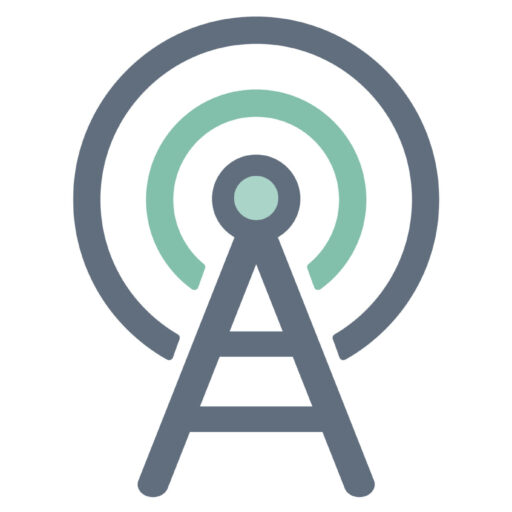AWS Managed Grafana is a fully managed service that enables users to visualize and analyze their data through interactive dashboards. Designed to simplify the installation and configuration process, AWS Managed Grafana empowers teams to monitor their applications and infrastructure seamlessly. Users can connect to various data sources, including AWS services, on-premises databases, and third-party APIs, making it a versatile tool for operational insights. The service also allows for easy collaboration among team members and integration with existing AWS services, such as Amazon CloudWatch and AWS X-Ray. For more detailed information, you can visit the official page: AWS Managed Grafana.
Grafana Cloud
Grafana Cloud is a fully managed observability platform provided by the team behind Grafana itself. Offering a variety of features, Grafana Cloud enables users to not only visualize their data but also monitor it with a range of integrated tools. It supports multiple data sources and provides advanced alerting and notifications to help teams stay on top of their metrics.
- Benefits:
- Fully managed by Grafana Labs, ensuring high availability and ease of use.
- Integrates seamlessly with other Grafana products, enhancing functionality.
- Flexible pricing models available based on data ingestion and usage.
- Disadvantages:
- Cost can escalate with increased usage and data volume.
- For users already embedded in AWS, migrating may be cumbersome.
For more information, visit: Grafana Cloud.
DataDog
DataDog is a monitoring and analytics platform that provides comprehensive observability for cloud applications. With its robust dashboarding capabilities and extensive integrations, DataDog allows users to gather insights from multiple sources, including cloud services and containers, helping teams diagnose performance issues efficiently.
- Benefits:
- Offers advanced log management and APM functionalities.
- Supports numerous integrations with messaging and storage services.
- Real-time performance tracking improves incident response times.
- Disadvantages:
- Subscription costs may be high for smaller teams or startups.
- Some features can overwhelm new users due to complexity.
Check it out at: DataDog.
Prometheus
Prometheus is an open-source monitoring system designed specifically for recording real-time metrics in a time series database. It excels at collecting data through a powerful query language and integrates well with Kubernetes for container orchestration, making it a popular choice among developers.
- Benefits:
- Highly customizable and extensible due to its open-source nature.
- Efficient for microservices architecture monitoring.
- Community support and numerous available plugins enhance usability.
- Disadvantages:
- Requires more setup and maintenance compared to managed solutions.
- Steeper learning curve for users unfamiliar with metrics collection.
Learn more at: Prometheus.
New Relic One
New Relic One is an observability platform that offers a suite of monitoring solutions, including application performance monitoring, infrastructure monitoring, and synthetics. It’s designed to provide full-stack visibility, enabling technical teams to bridge the gap between application and infrastructure monitoring.
- Benefits:
- Comprehensive analytics tools for identifying performance bottlenecks.
- User-friendly dashboarding and visualization capabilities.
- Integrates well with other development and operation tools.
- Disadvantages:
- Pricing can become expensive as the team grows.
- Some users find the initial setup complex compared to other platforms.
Visit: New Relic One.
Splunk Observability Cloud
Splunk Observability Cloud is a comprehensive monitoring solution focused on providing visibility throughout complex cloud environments. It combines metrics, logs, and traces to deliver a unified view of application performance, making it easier for organizations to troubleshoot problems as they arise.
- Benefits:
- Combines multiple observability tools into a single platform.
- Powerful analytics and reporting capabilities.
- Robust support for enterprise-level data management needs.
- Disadvantages:
- Can be expensive for smaller organizations or startups.
- May require significant resources to fully realize its potential.
Learn more at: Splunk Observability Cloud.
The alternatives listed above cater to a variety of needs, from fully managed solutions to open-source options. Each alternative has its distinct advantages and potential downsides, making it important for users to assess their specific requirements before making a decision. By evaluating these options, users can find the right monitoring tool to enhance their operational capabilities.
